- SQL Mastery for Interviews
- How to Learn SQL Step by Step SQL: Select, Where, From Filtering: LIKE, IN, BETWEEN, AND, OR, NOT Joins in SQL Grouping in SQL SQL Aggregate Functions SQL Set Operators What Are Constraints in SQL? SQL Window Functions Transactions in SQL Common Table Expressions (CTE) in SQL SQL Interview Questions Normalization in SQL Best SQL Interview Practice Questions Useful SQL Commands with Examples Best SQL Projects for Beginners What Is DDL? Data Definition Language Explained SQL Window Functions Interview Questions


SQL Mastery for Interviews
SQL is the standard language used to design, create and manage relational databases. Relational databases are made up of a set of tables containing rows and columns of data. Each column in a table represents a category of data, and each row contains a value for each of the given columns.
We will point out the best ways to get started with learning SQL, and we will define the basic things you should know when starting to learn SQL.

Section Menu
How do I use this section?
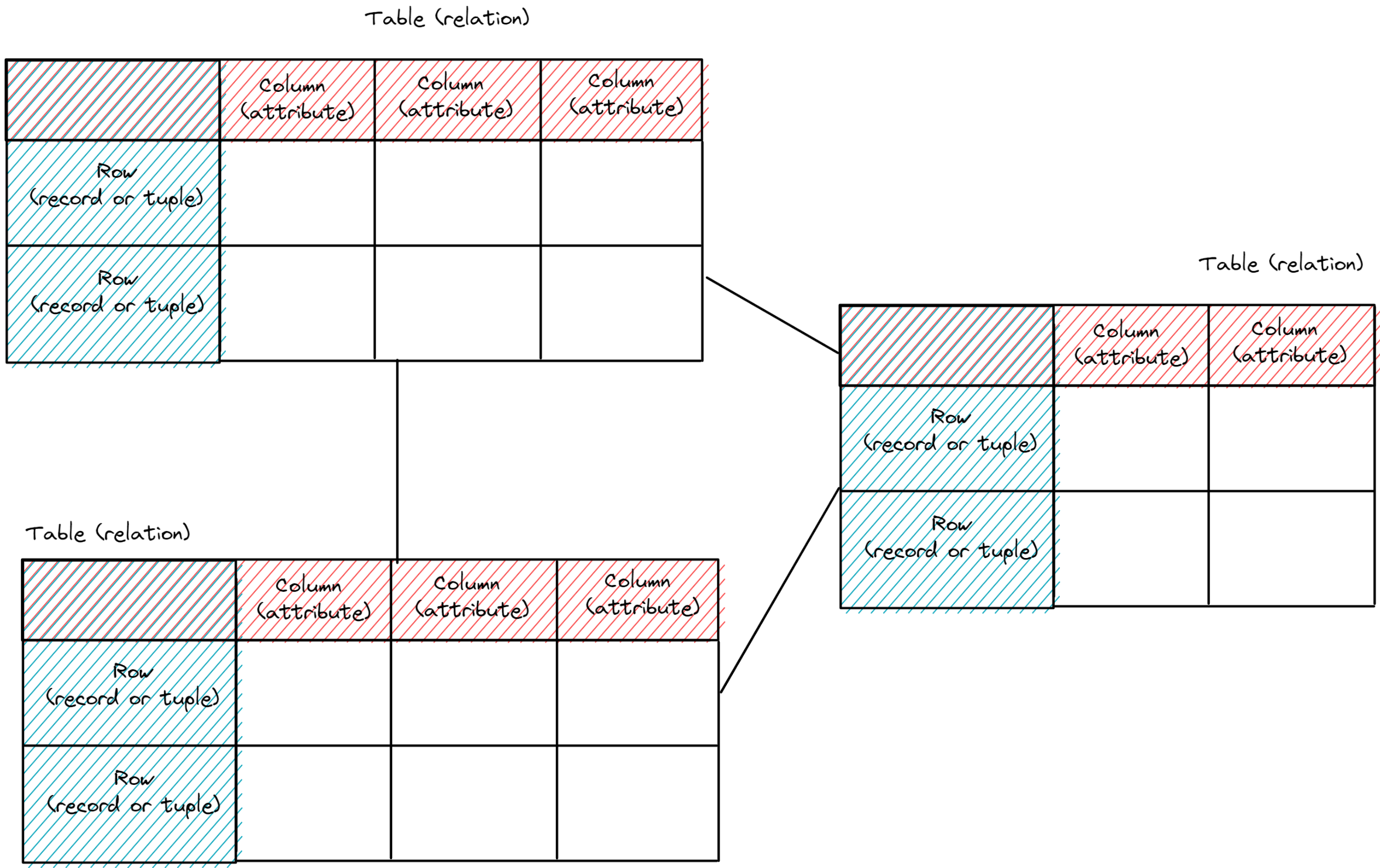

How to Learn SQL Step by Step
SQL is a database computer language designed for the retrieval and management of data in a relational database. SQL stands for > Structured Query Language. SQL is the standard language used to design, create and manage relational databases. Relational databases are made up of a set of tables containing rows and columns of data. Eac...


SQL: Select, Where, From
Select, Where, From Introduction The first thing we have to learn when starting to work with databases is how to look inside of them and see specific tables and ultimately – specific columns or rows from those tables. In order to do this, we need to write a query, which is just a request for data from a database. More precisely, we hav...


Filtering: LIKE, IN, BETWEEN, AND, OR, NOT
Introduction When writing SQL queries, having an understanding of the concept of filtering is very important because oftentimes, we want to get only specific rows or columns from a table rather than the whole table itself. Most of the time, the filtering is done with the WHERE keyword. In ord...


Joins in SQL
Joins in SQL Introduction When working with databases, we want to be able to fetch the needed data as effectively and easily as possible. Oftentimes, we want to get records from two or more tables based on a common field that exi...
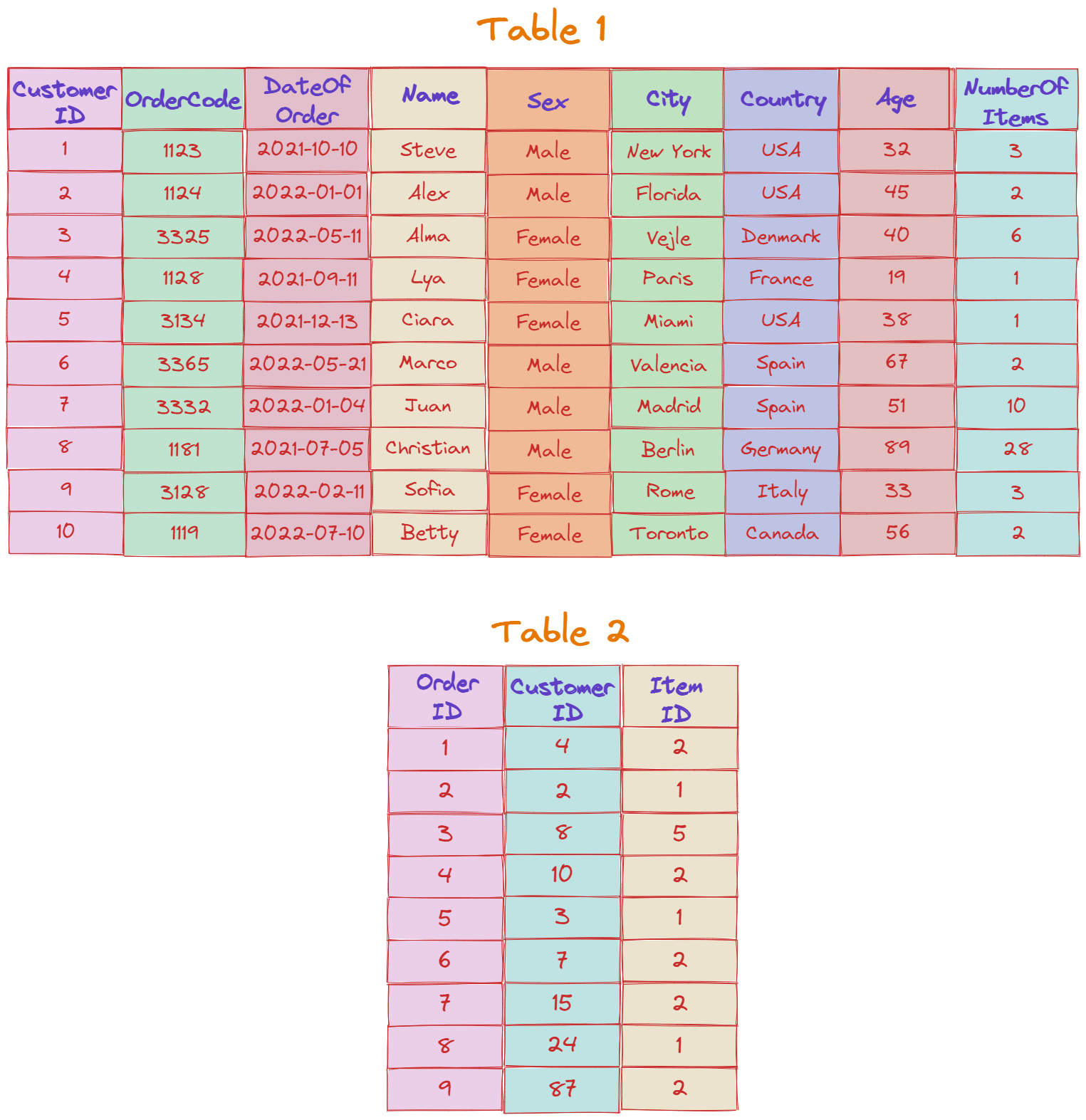

Grouping in SQL
Introduction The SELECT statement's optional clause - GROUP BY, is used to group one or multiple rows with the same values into summary rows. This statement may be applied in a variety of scenarios, for example, when we want to find the number of employees in each department. _The GROUP BY is an aggregate function and...


SQL Aggregate Functions
Aggregate Functions Introduction SQL is very often used for gathering and expressing the data in a summary form. This process is known as data aggregation and is conducted with the help of several aggregate functions. In short, _an SQL aggregate function outputs a single value by computing some calculations on a given set of input va...


SQL Set Operators
The SET operators are a special kind of operators which serve the purpose of combining the results of two or more component queries. Queries that contain set operators are referred to as compound queries. The result of these operations is a single set, no matter how many SELECT statements will be present in the compound q...

What Are Constraints in SQL?
Constraints in SQL Introduction SQL constraints are a collection of rules used on tables in relational databases to limit the types of data that may be added, changed, or removed from those tables. By doing...
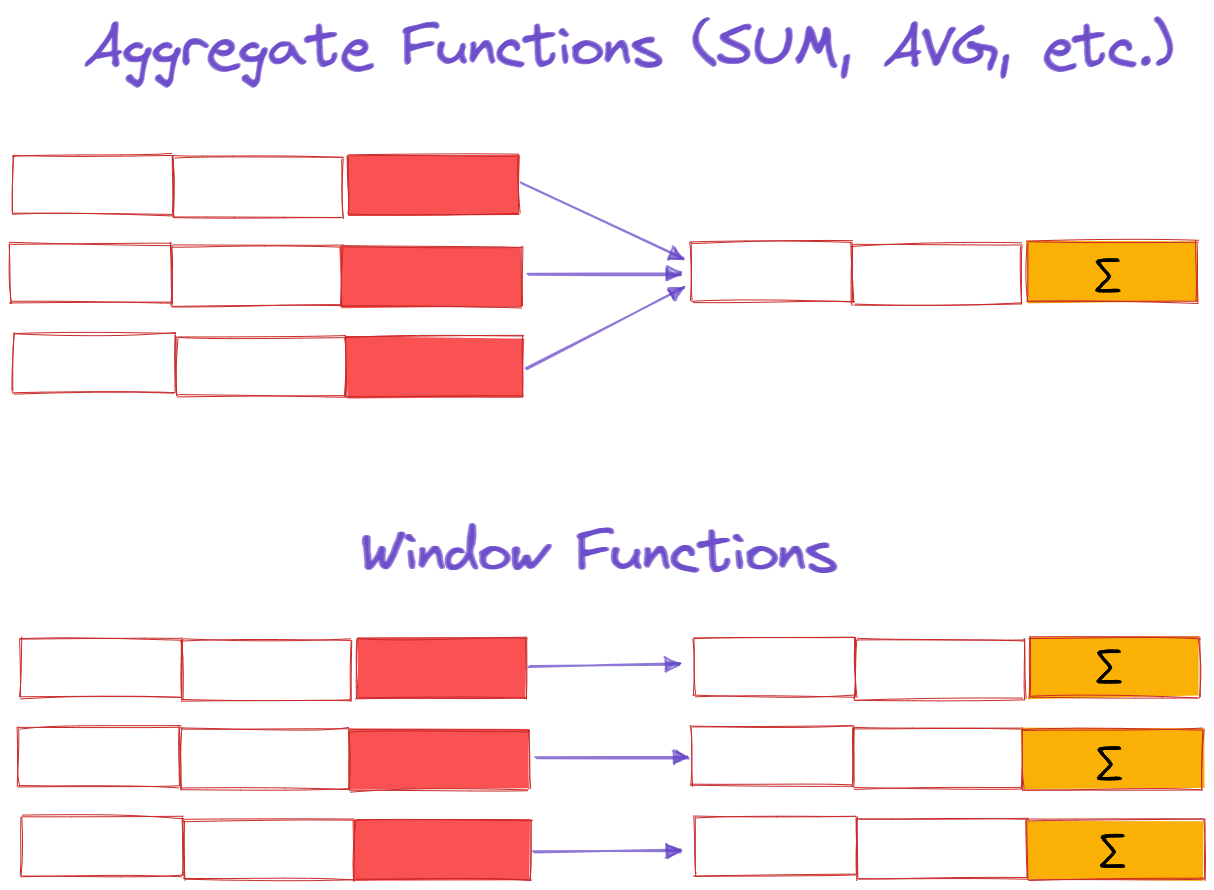

SQL Window Functions
Introduction Window functions perform ranking, aggregation, and value functions across a certain window, i.e. set of rows. This is similar to the kind of calculation that an aggregate function may perform. However, using a window function prevents rows from being aggregated into a single output row, unlike ordinary a...


Transactions in SQL
Introduction A collection of one or more SQL statements that communicate with a database is known as a SQL transaction. A transaction on a table is, for instance, when a record is added to, updated, o...
%20in%20SQL/cte.png)

Common Table Expressions (CTE) in SQL
A common table expression (CTE) is a temporary named result table produced by a SELECT, INSERT, UPDATE, or DELETE statement that can be utilized in another statement. The CTE is a powerful SQL element that aids in query simplification. When a query is executed, the CTE acts as a virtual table (with records and columns) that...
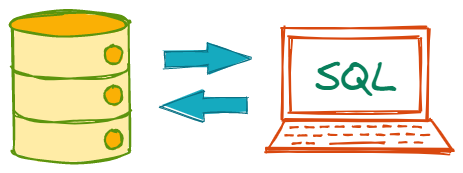

SQL Interview Questions
What is the Structured Query Language? SQL is a Structured Query Language used for interacting with databases. The American National Standards Institute (ANSI) states that SQL is the standard language for relational database management systems. Some of the operations conduct...


Normalization in SQL
Normal Forms Introduction Normalization is a process that is used for organizing the data in the database by removing data redundancy and improving data integrity. The primary goal of normalizing a given relation is to get rid of Insert, Delete, and Update abnormalities. This multi-step process involves structuring the database's...


Best SQL Interview Practice Questions
So you’ve landed the interview, now all you need to do is prepare. Below we will go through some of the best SQL Interview Practice Questions to get you brushed up and ready to ace that interview. These questions are sourced from real-world interviews with tech giants like Google, Oracle, Amazon, and Mi...
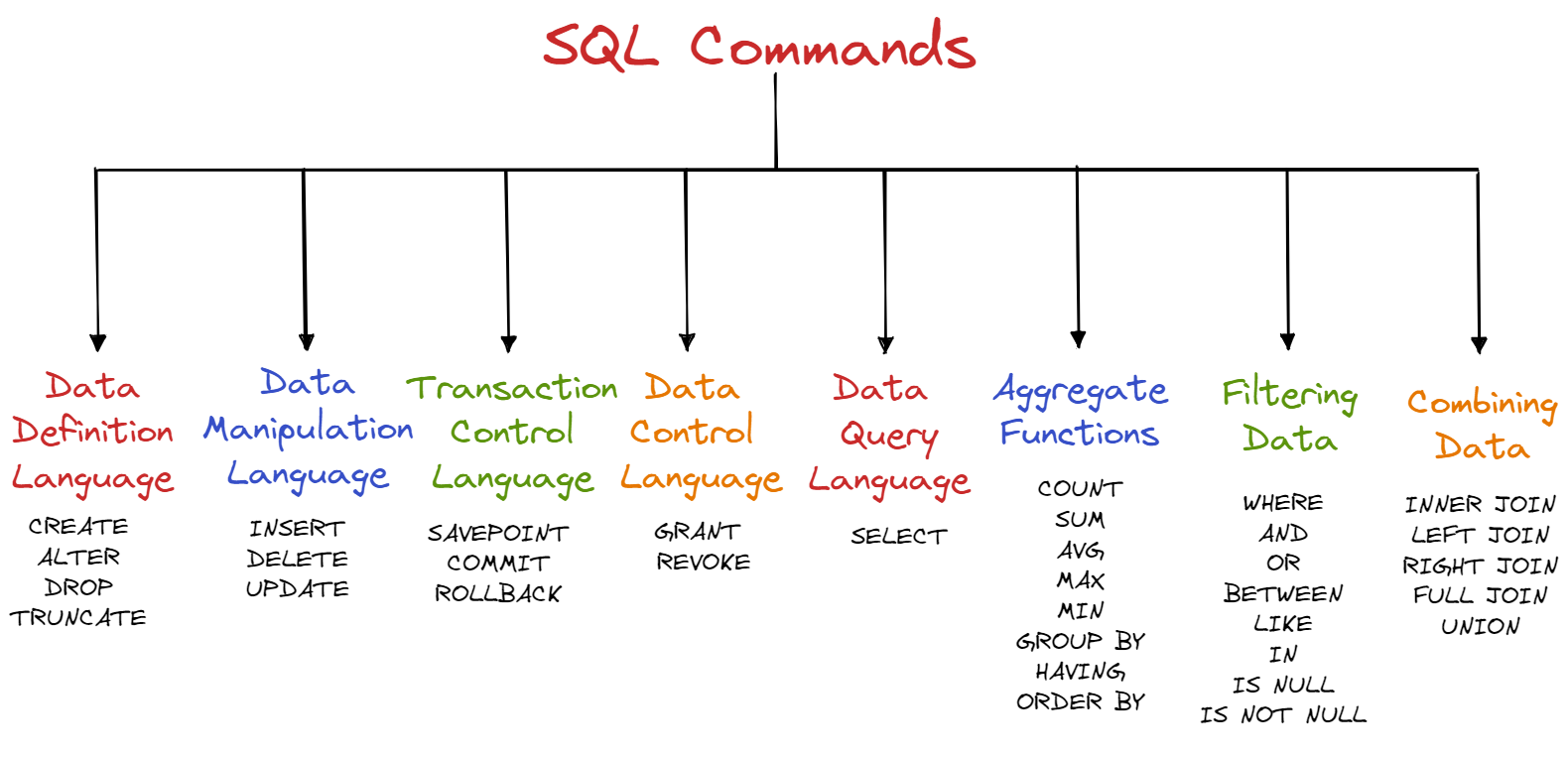

Useful SQL Commands with Examples
So you’re harnessing the power of using SQL. Although it’s one of the easier programming languages to understand, it still holds some complexities. Below we will go through some useful SQL commands that you can use as a reference guide, like the bread and butter for your SQL projects. We will be using a d...
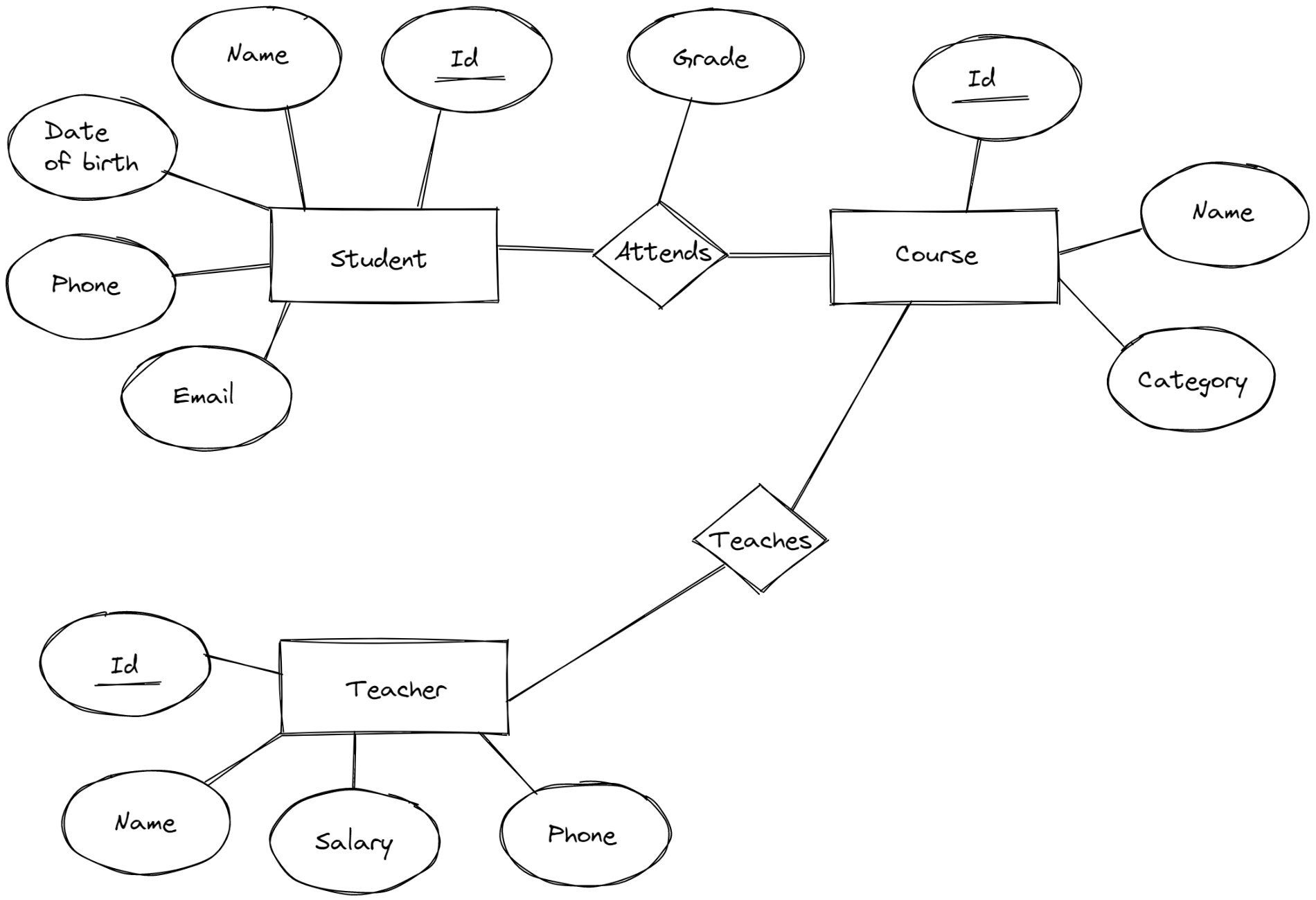

Best SQL Projects for Beginners
You have learned SQL, are proficient in using it, and trying to land a job that requires strong SQL knowledge. Now, you have to prove your knowledge and skills, and you are searching for some good projects that will boost your resume by showing what you can actually do with SQL and relational databases. Typically, the type of projects you should...
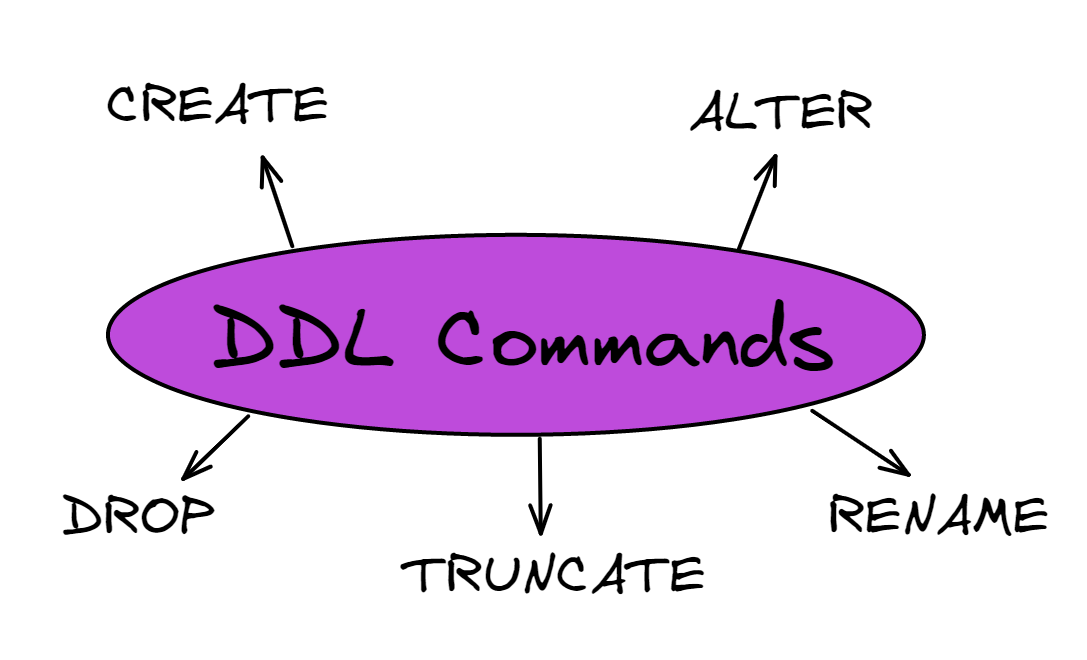

What Is DDL? Data Definition Language Explained
What is Data Definition Language (DDL)? Simply put, DDL is a subset of SQL commands that we use to create and modify the structure of objects in a database. We can change the database structure by adding new tables or objects with all of their attributes such as data type, table name, and so on. To gain a better understanding, let's delve...


SQL Window Functions Interview Questions
So you’ve landed an interview for an advanced SQL or data analytics position. Chances are you will be asked about your knowledge on SQL Window Functions. Let’s explore these functions further to get you set up and ready to ace that interview! To illustrate these functions we will be looking at a s...

